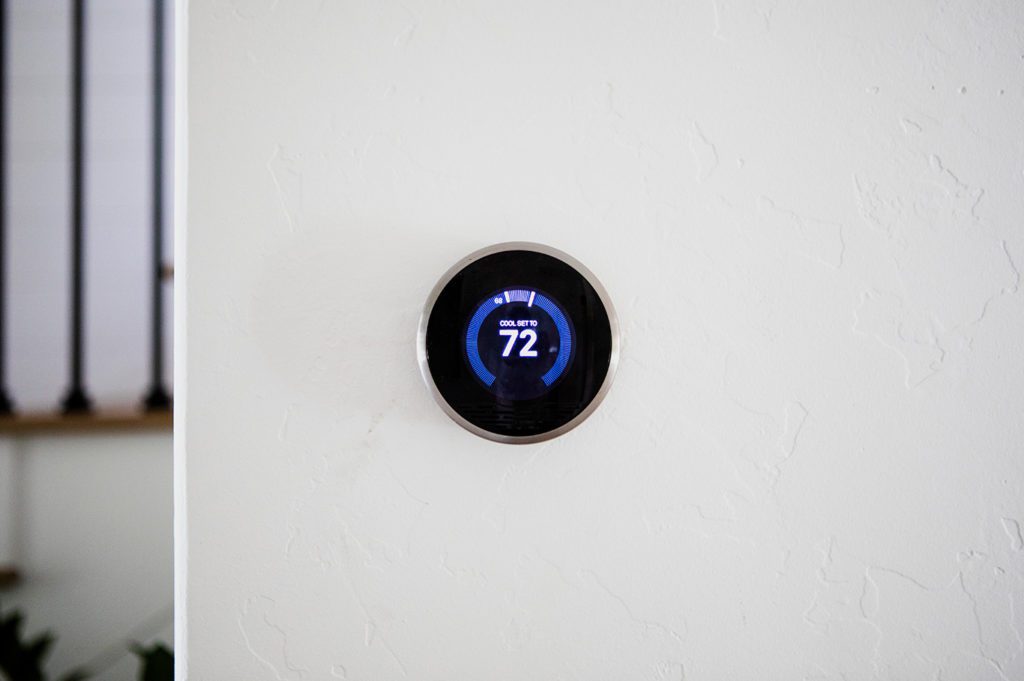Smart thermostats are a popular choice for homeowners looking to improve the efficiency and convenience of their HVAC systems. These thermostats offer a range of benefits that can help save energy, reduce costs, and improve the overall comfort of your home.
The Benefits of Going Smart
One of the primary benefits of using a smart thermostat is energy efficiency. Smart thermostats are designed to learn your schedule and adjust the temperature accordingly. For example, if you are typically out of the house during the day, the thermostat can automatically adjust the temperature to a more energy-efficient setting while you are away. This can help reduce energy consumption and lower your energy bills.
Another benefit of smart thermostats is convenience. Many devices can be controlled remotely using a smartphone app or voice assistant. This allows you to adjust the temperature from anywhere, making it easy to stay comfortable no matter where you are.
Improving Comfort
Smart thermostats can also improve the overall comfort of your home. Many of them have features such as humidity control and air quality monitoring, which can help create a more comfortable living environment.
Troubleshooting Problems
In addition to these benefits, smart thermostats can also be used to help diagnose and troubleshoot HVAC problems. Many of them have diagnostic tools that can help identify issues with your HVAC system and provide recommendations for addressing them. This can help prevent costly repairs and extend the life of your HVAC system.
Overall, smart thermostats are a smart investment for homeowners looking to improve the efficiency and convenience of their HVAC systems. From energy savings to improved comfort and convenience, there are many benefits to using a smart thermostat. If you are considering a smart thermostat for your home, be sure to research different models and choose one that meets your specific needs and preferences.

